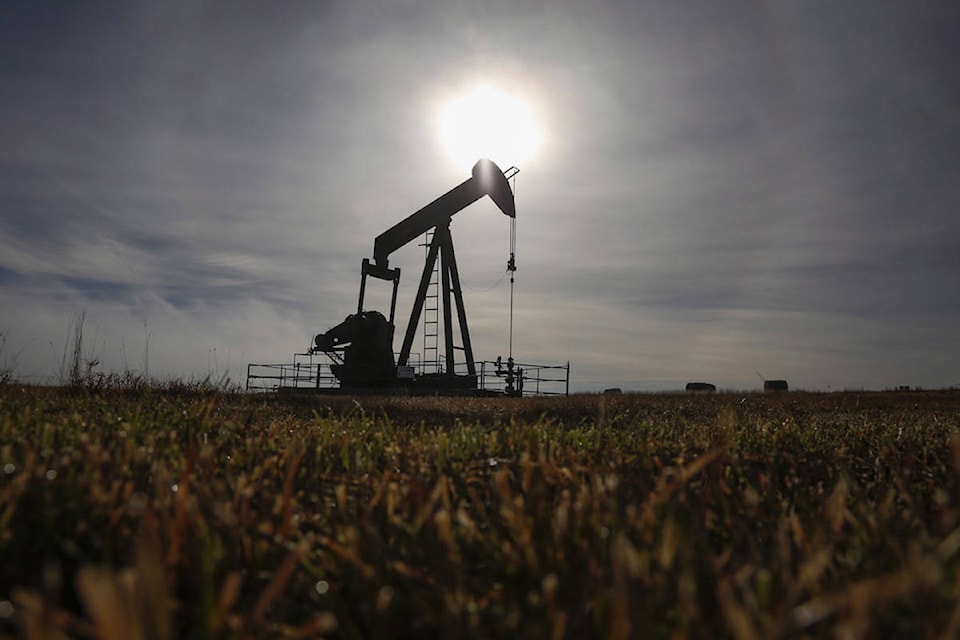Cleaning up unused wells is critical, but the cost should not have been dumped on taxpayers, say surface rights advocates.
“Cleaning up the orphan wells is a job that needs to be done,” said Darcy Wills, vice-chairman of Action Surface Rights.
“The big problem is this is taxpayer money being spent on a project that should have been covered by industry,” said Wills, who ranches near the Montana border.
“Industry is great at drilling holes and production, but their track record is not very good on the reclamation end of things.”
Prime Minister Justin Trudeau announced on Friday that his government will spend $1.7 billion cleaning up abandoned wells in Alberta, B.C. and Saskatchewan.
Another $750 million has been earmarked for cutting methane emissions, a greenhouse gas often leaking from energy facilities.
Wills says groups have been predicting for years that if energy companies were not held responsible for cleaning up their abandoned sites, it was going to be downloaded on the taxpayer.
“So here we are. This is like a $1.7-billion subsidy and it’s just the tip of the iceberg for the oil and gas industry.”
Alberta’s Orphan Well Association has more than 11,000 wells, pipelines facilities and sites on the books. Another 1,300 are in B.C. and Saskatchewan.
Many of the thousands of abandoned wells were once owned by companies that have since gone bankrupt. That leaves the oil and gas industry with fewer players to pick up reclamation bills.
“If they don’t step up and start operating properly and pay for reclamation, all of the money that was generated by the oil and gas boom is going to be paid out (in reclamation costs) by the guys left standing in Alberta,” said Wills.
He is skeptical that the industry will pay its share, leaving cleanup bills that could run into the hundreds of billions of dollars for future taxpayers.
Perry Nelson raises cattle near Provost and agrees the cleanup has to happen, but believes the bailout will have limited success.
Nelson, who was a long-time member and former president of the Alberta Surface Rights Federation, believes the first few companies that get in on the program will soon exhaust the fund.
“Very little will get done,” he said. “I think most of it will go to management and not to work.”
Money has been given to the industry before to clean up wells. Often, two of six wells on a pad site might be reclaimed, but four would remain, so there was no difference to the landowner, other than lower lease payments, said Nelson.
He recalls a meeting with provincial oil and gas regulators years ago, when they were told the plan to clean up energy sites was not going to work.
The landowners’ message, that the last company holding a well would end up paying reclamation costs created largely by previous owners, was dismissed by regulators.
The Red Deer & District Chamber of Commerce sounded an optimistic note on the federal announcement.
“I think we have to look at this as a win at the moment,” said chief executive officer Rick More.
“The fact the feds are directly addressing Alberta woes in jobs in the oil and gas sector, plus at the same time showing responsibility towards the environment, is very timely.
“Every sector of central Alberta business that comes back to normalcy is good for all of us.”
pcowley@reddeeradvocate.com
Like us on Facebook and follow us on Twitter
